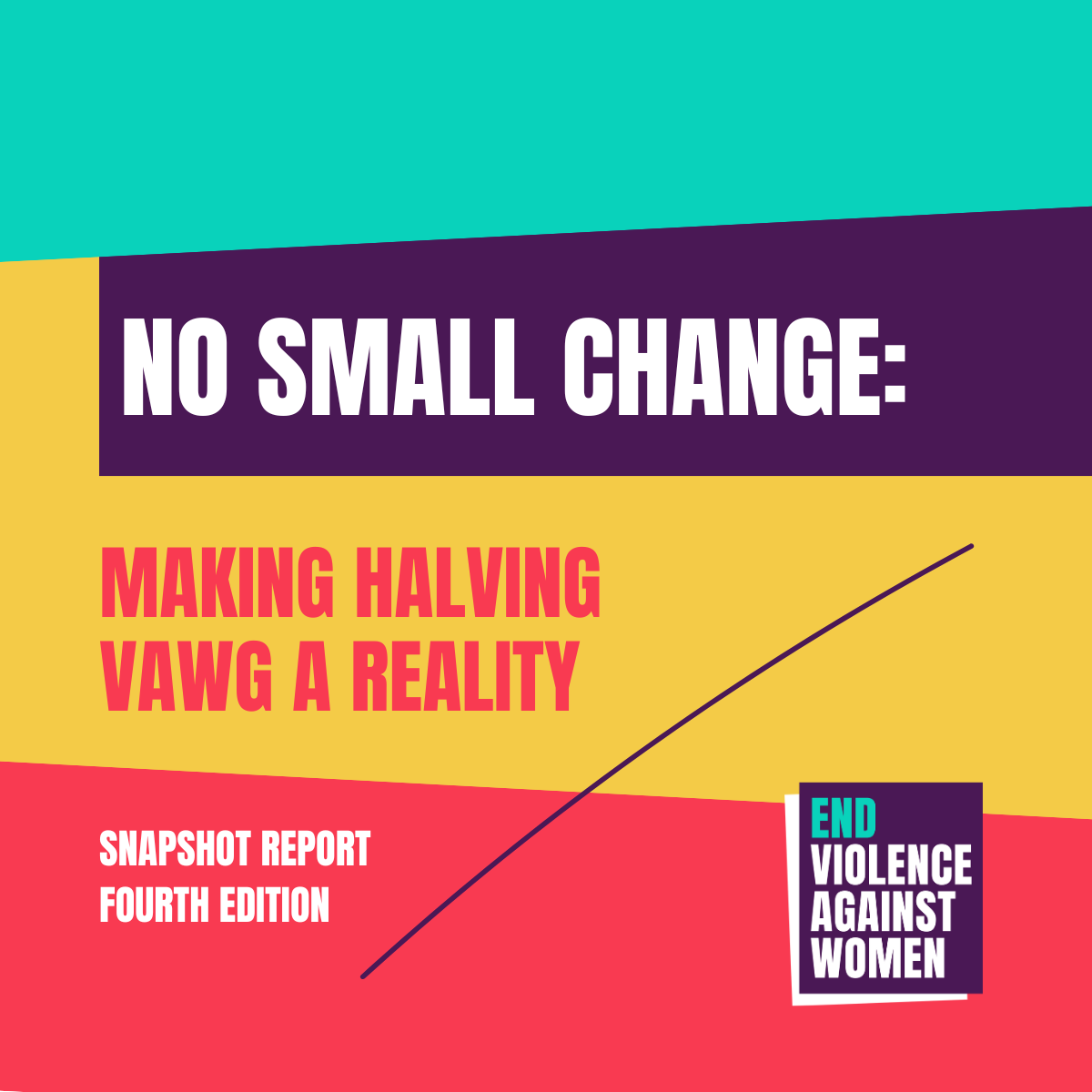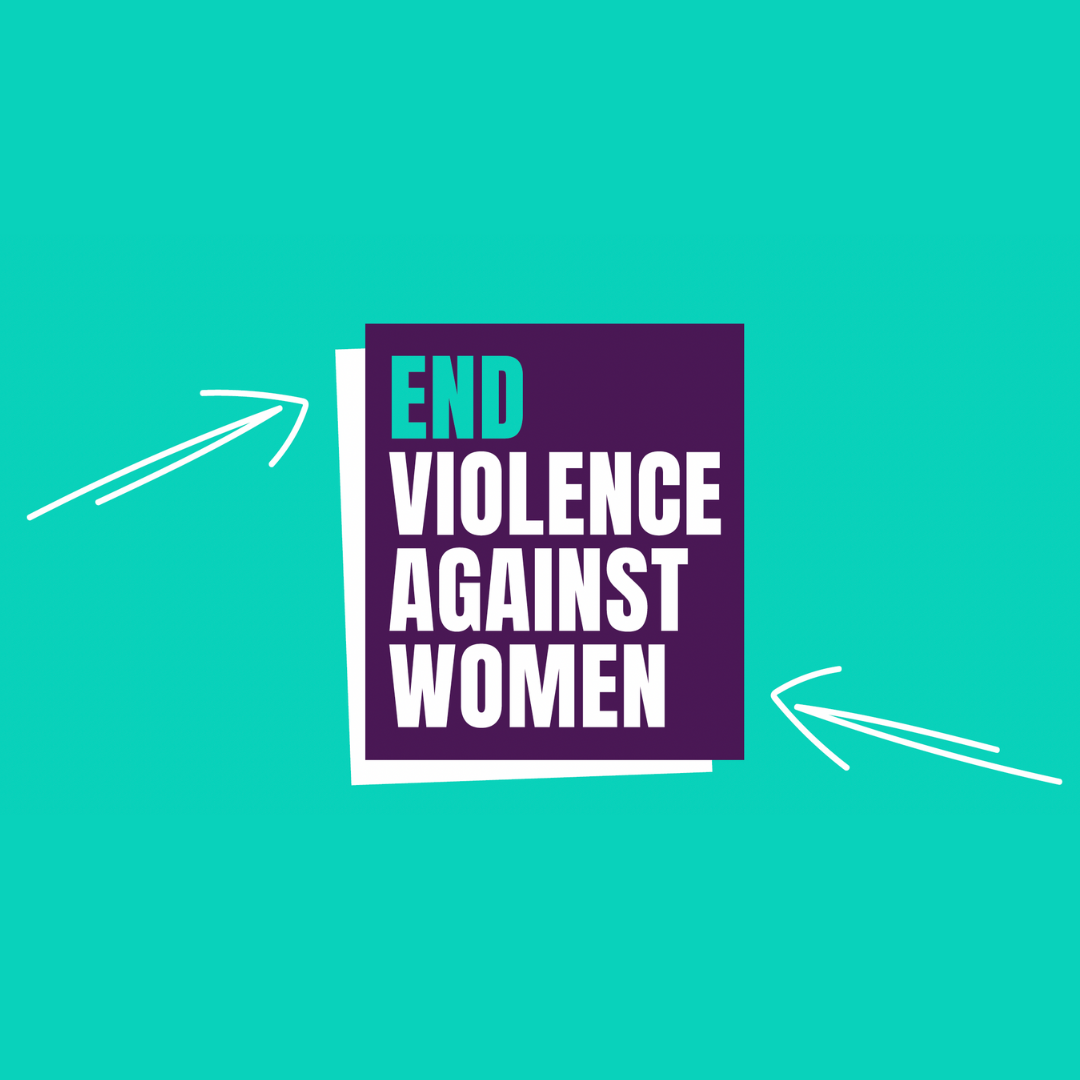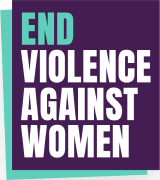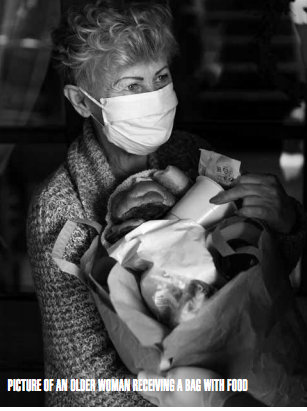 19 Mar
19 Mar
Today, EVAW releases a new report that pulls together official statistics and recently published research from the VAWG sector. Our Trends Report sets out the state of violence against women and girls as of January 2021, it’s prevalence, and the policy and political landscape attempting to address these systemic problems.
Large Print Version VAWG Snapshot Report
The report identifies the key challenges facing women and girls including the ongoing devastating impact of the covid-19 pandemic, racism and systemic barriers facing black and minoritised women who are victims and survivors of violence, online abuse ,and the systemic failings of the justice system to prosecute rape.
Violence against women and girls does not take place in silos; this report highlights the overlapping experiences of abuse many women will face during their lives, and how such forms of violence exacerbate pre-existing structural inequalities based on gender, race, class, sexuality, immigration status and disability.
This is why we need an effective joined-up Violence Against Women and Girls Strategy and framework, which identifies policy solutions and interventions that meet the needs of all women.
The Government’s decision to pursue a separate Domestic abuse strategy from its Violence Against Women and Girls strategy has raised significant concerns from experts working in the VAWG field.
EVAW hopes that this report is a useful resource for campaigners and policy makers looking to understand the VAWG landscape and ensure we have the robust and sustainable support and protections that will work for women and girls.
Our key recommendations:
- A single, joined-up Violence Against Women and Girls Strategy
A holistic VAWG strategy and framework, which is a high Government priority, championed by Ministers, and well-funded.
- Far-ranging reform to the Criminal Justice System’s approach to Sexual Violence
Extensive reforms to the police, CPS and courts, improved leadership and accountability, wraparound support and advocacy for all victim-survivors and ensuring access to justice for all.
- Effective Protection and Support from Domestic Abuse for All
Domestic abuse legislation that addresses the barriers to support currently facing migrant women.
- A comprehensive public health approach to tackling Online Abuse
A comprehensive public health approach to tackling online abuse, including ensuring the Online Harms Bill adequately addresses the specific risks that Black and minoritised women face online.
- Support for schools to implement RSE and “Whole School Approach”
The Department for Education (DfE) should support schools so that there is no further delay to the compulsory rollout of RSE and so schools can implement a ‘Whole School Approach’.
- A Perpetrators Strategy for all
A national strategy on perpetrators that properly resources interventions to address abusive behaviour.
- A Strategic Investment to End Abuse
In order to deliver the life-saving work that helps thousands of women and girls every day, the specialist VAWG sector needs long-term, sustainable funding, including ring-fenced funding for “by and for” services.
Andrea Simon, Director of EVAW said:
“This snapshot report, is a revealing insight into current research and policy developments relating to violence against women and girls.
The nature of a dual pandemic of coronavirus and violence against women in the last year means it has never been more necessary to ground discussions about VAWG in the actual reality of women and girls’ lives.
Ahead of the publication of the Government’s latest strategy to end violence against women and girls, EVAW’s clear message is that gender based violence and abuse is not inevitable, but the systemic changes needed to tackle and prevent VAWG require meaningful and sustainable resource and policy decisions that centre the needs and experiences of all victims and survivors.
If the government is serious about tackling VAWG then it must carefully consider the recommendations laid out in our report.”
Recommended ARTICLES
 19 Mar
19 Mar
 05 Mar
05 Mar
 27 Feb
27 Feb

